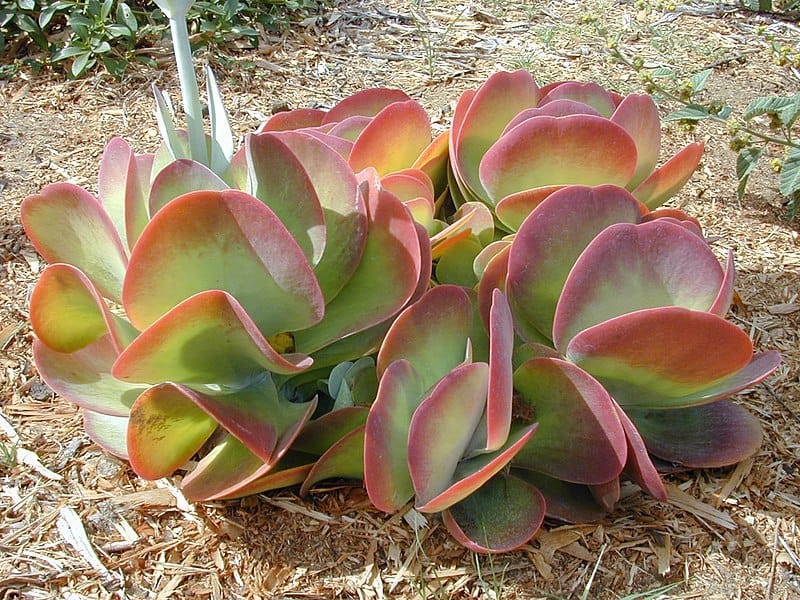
Kalanchoe Facts
- First of all, the term Kalanchoe serves as the collective common name for an extensive genus of tropical, flowering succulents. Currently, scientists classify roughly 125 known species of plants within the group. However, many other species also presently remain under consideration for inclusion.
- Also, the renowned French botanist and naturalist, Michel Adanson, became the first scientist to formally describe the incredible Kalanchoe. Furthermore, this groundbreaking event occurred in the year 1763. This work, and much more, later led to a species of reptile being named in his honor.
- Additionally, the various members of the remarkable group of plants evolved on three separate continents. However, despite its great range, only one recognized member of this genus evolved as endemic to the New World. Regardless of its origins, the Kalanchoe now appears in most of the world.
- This significantly widespread dispersal occurred due to the intentional actions of mankind. That’s because the different members of the grouping now hold great popularity as ornamental plants. In fact, these frequently hold featured positions in rock gardens, and are even popular as household plants.
Related Articles
Kalanchoe Physical Description
Even though the various types of Kalanchoe all fall into the same classification, differences between them exist. That fact remains quite understandable, given the sheer number of member species. Most members of the fascinating group evolved as either perennial herbaceous plants or shrubs. However, a few of the different species remain either annual or biennial in nature.
One of the physiological characteristics that understandably varies between the species is sheer physical size. In point of fact, some of the largest varieties occasionally attain heights measuring as much as an impressive 20 ft (6 m). However, the great majority of the differing forms only grow to heights of around 3.3 ft (1 m). Furthermore, a few examples of the genus remain even smaller.
But, all forms of the amazing Kalanchoe share one particularly remarkable physical characteristic. That’s because these plants rank as comparatively distinctive in terms of how the flowers develop. That holds true due to the fact that the plant produces new cells on the inner surfaces of the petals, which forces them outward. These will also grow them on the outside of the petals to force them closed.
- Kingdom: Plantae
- Phylum: Angiosperms
- Class: Eudicots
- Order: Saxifragales
- Family: Crassulaceae
- Genus: Kalanchoe
Kalanchoe Distribution, Habitat, and Ecology
The many various species of the amazing Kalanchoe principally developed as native to the regions of Africa, Europe, and Asia. Yet, within that region, the varying forms remain well distributed. Presently, 56 recognized species evolved as native the continent of Africa. Meanwhile, another 60 species evolved within the confines of Madagascar. The few remaining members of the genus evolved in China and Southeast Asia.
The incredible genus has habitat requirements that allow it to thrive in many areas. That’s because each of the members of the group require loose, humus soil, and moderate temperatures. The genus also remains quite well known for many attributes that make it attractive to horticulturists. These include ease of propagation, low water requirements, an displaying a rather wide variety of colors among the blooms.
Furthermore, a few varieties of Kalanchoe reproduce asexually. In addition to this, at least one flora in the grouping is air plant and thus reproduces vegetatively. Many species further play important roles in their local ecosystems. That’s because they are popular food sources for the caterpillar form of the Red Pierrot Butterfly. Finally, many also remain toxic, while others have been ingredients in traditional medicines.
Species Sharing Its Range
Check out our other articles on Earth’s Many Stunning Waterfalls, Long Eared Owl, Fingal’s Cave, Coast Coral Tree, Japanese Angelshark, Panda Dolphin, New Zealand Giraffe Weevil
